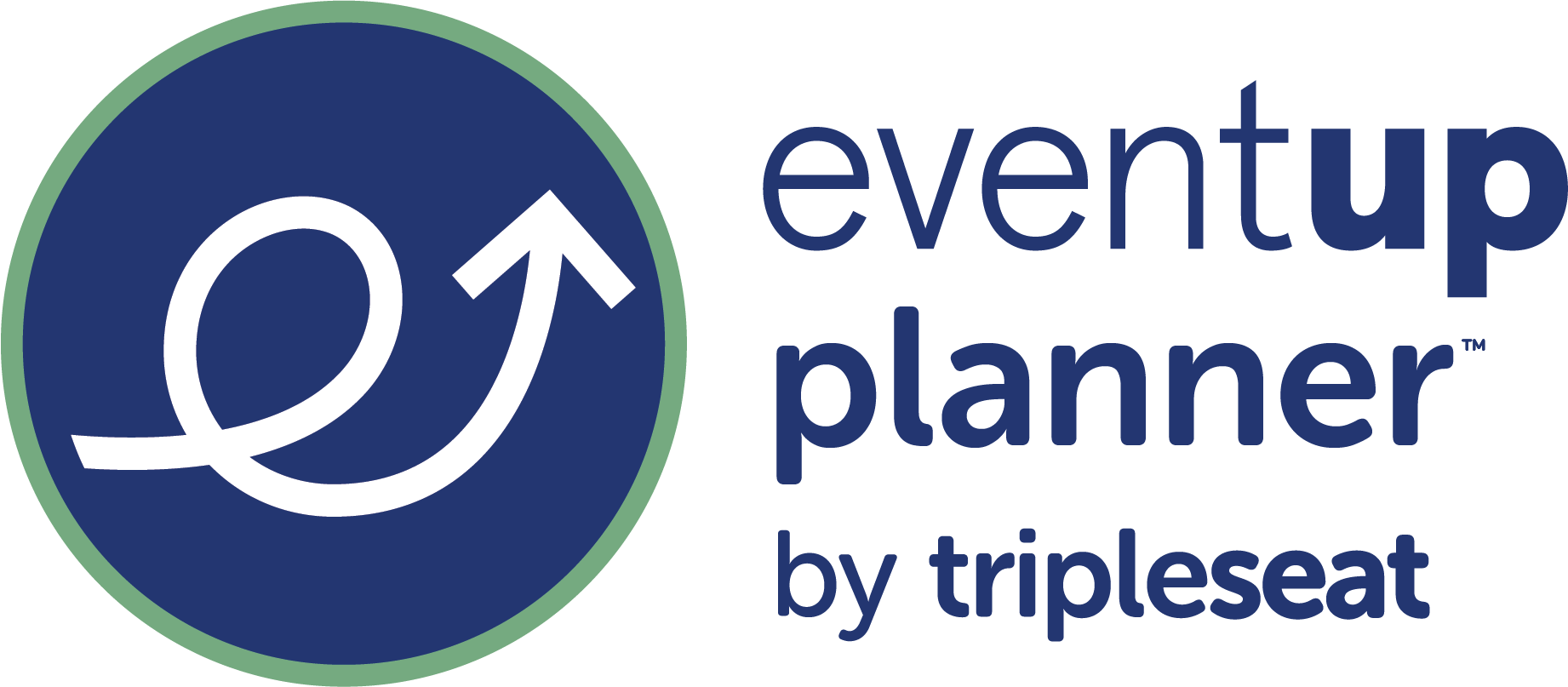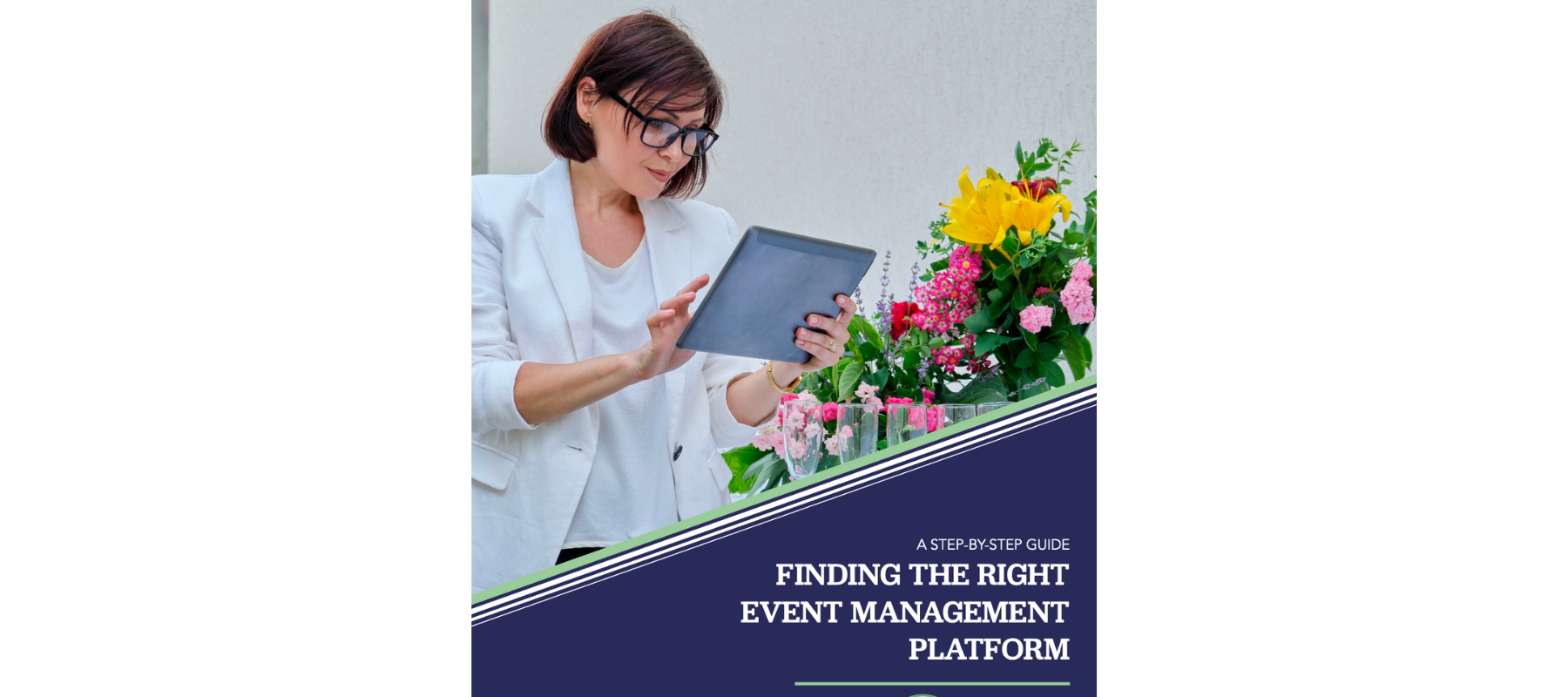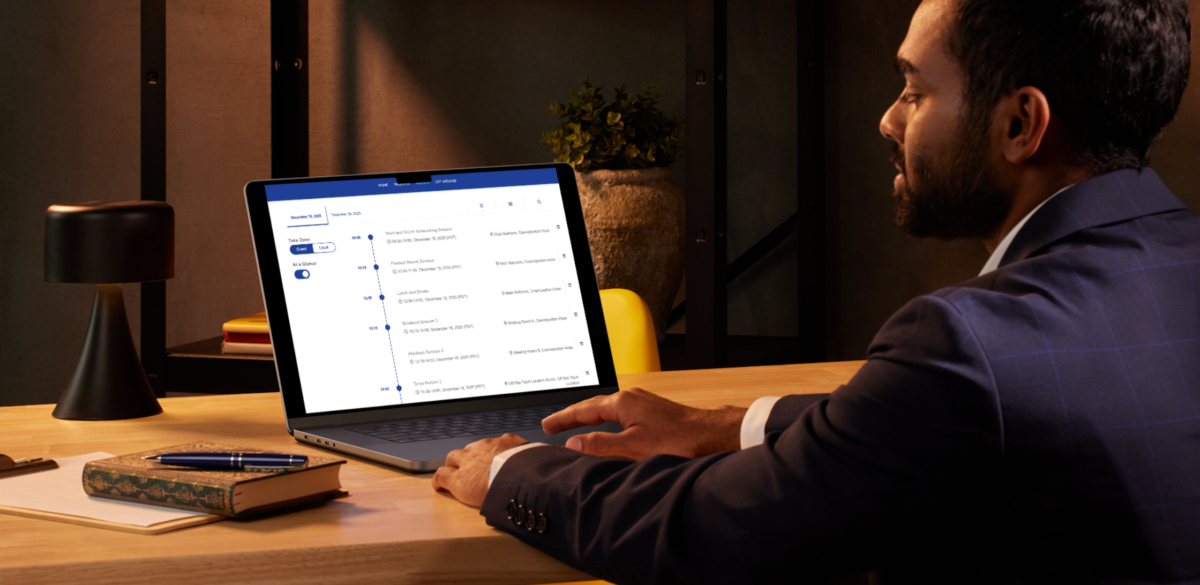For many healthcare professionals, the real value of a conference lies in networking.
Healthcare conferences and seminars provide opportunities to reconnect with existing colleagues. They also provide valuable ways to meet new partners, clients, and friends. Some people may not attend a healthcare event expressly to network, but almost everyone will agree that networking is beneficial.
As an event planner in healthcare, it’s up to you to incorporate easy and effective networking opportunities into your event program. Not sure where to start? Don’t worry—we’ve got you covered.
In this article, we’ve compiled 5 ways you can facilitate networking at your next event without breaking a sweat. You’ll also learn how event software for healthcare can make networking even easier for your attendees—and for you. Let’s dive in!
6 Ways to Build Networking into Your Healthcare Event
Creating networking opportunities for healthcare professionals doesn’t have to be complicated. Here are 6 ways to facilitate networking at your next healthcare conference or seminar.
1. Make sure your conference planning app has social integration
When planning your healthcare event, consider using a conference planning app that integrates with social platforms.
Not sure which solution to choose? Start by reflecting on what would make networking easier for your attendees.
For instance, an integration with LinkedIn can provide valuable insights into who is attending, which companies or organizations they represent, and connections attendees may already have with them. This can save attendees time and effort as they prioritize who they’d like to connect with during the conference.
When your conference planning app has social capabilities, attendees can begin networking before the event, use it to network during the event, and continue to network even after the event.
| GET THE FREE HANDBOOK: Master The Art Of Choosing The Right Event Management Platform |
2. Adapt the traditional format to include networking-focused activities
Meeting someone influential or inspiring is a major draw for many conferencegoers. As the saying goes, “Your network is your net worth.”
With this in mind, you can adapt the format of your healthcare conference to improve the chances that attendees will make valuable connections.
We recommend using a “speed dating” format. In short, attendees are paired with each other based on differences in discipline and job seniority in order to forge connections that would normally be unlikely (e.g. experienced and early-career healthcare professionals). Each pair has a predetermined amount of time to chat before being ushered to their next pairing.
The key idea is that adapting the standard conference format to include networking-focused activities can benefit everyone involved.
3. Provide attendees with a mobile-friendly, interactive schedule
Another way to help your attendees network is to provide them with an interactive schedule they can access from their mobile devices.
Allowing your attendees to build their schedules on the fly gives them the ability to prioritize their itinerary and optimize their time—including where and when to network.
- EventUp Planner (formerly Attendease) delivers interactive, mobile-friendly schedules as a feature of your event website. This means your attendees can access their schedules without needing to download an app!
Giving attendees full control of their conference timetable allows them to make informed choices about which networking opportunities to pursue. Plus, access to their schedules means attendees can discover moments to network they might not have otherwise known about.
4. Create an online community for your attendees
Extend the networking possibilities past the duration of your healthcare conference by creating an online community.
Through an online community, group, or forum, your attendees have the opportunity to cultivate professional connections even before they arrive at the event.
First, choose a service to host the community or commission a developer to create a custom solution. Your attendees can log in and fill out professional profiles they will share with the rest of the community. They can reach out to other attendees, browse the list of who will be in attendance, and get an idea of who might be a valuable connection.
Once the conference is over, attendees can stay connected and keep the fruitful conversations going!
5. Design the layout and setup of the conference with networking in mind
Another consideration is the layout and setup of the conference space itself—especially breakout areas.
Areas where people congregate, like tea and coffee stations, influence networking because people naturally gravitate towards them. The shape, size, and placement of these points have an effect on how easy it is to start, join, or leave a conversation.
The key is to build a space that encourages movement. If people are sedentary, there will be fewer opportunities to network. So instead of having fixed seating, for instance, we recommend having high-top tables or modular seating so that attendees can easily move around the space.
| LEARN MORE: Healthcare Events: Ideas for Every Size and Type |
6. Host dedicated networking sessions or activities
Finally, consider setting aside specific time slots in the conference schedule purely for networking. This could take the form of:
- Networking lunches or dinners where attendees are seated strategically to encourage new connections
- Cocktail hours or receptions focused on mingling
- Topic-based roundtable discussions that group attendees by interests
- Organized networking walks, runs, yoga classes, etc. to combine wellness and networking
The key is carving out dedicated time where the sole focus is on the attendees meeting each other. This removes the pressure of having to network on top of absorbing content from lectures and panels.
The networking-centric time slots could be optional so attendees who prefer can use them as free time. But for many, having it built into the agenda may be the nudge they need to prioritize meeting others.
Simplify Your Healthcare Event Planning with a Powerful Suite of Tools
With endless opportunities to network online, healthcare conferences must provide an experience that offers real value to attendees. Networking opportunities need to be front and center.
Encourage healthcare professionals to gather with ease. From small to large and complex events, plan and manage all of your events with one flexible platform: EventUp Planner by Tripleseat. Book a quick demo to learn more about how our complete event management software and automation platform can help you plan your next healthcare event with ease.












